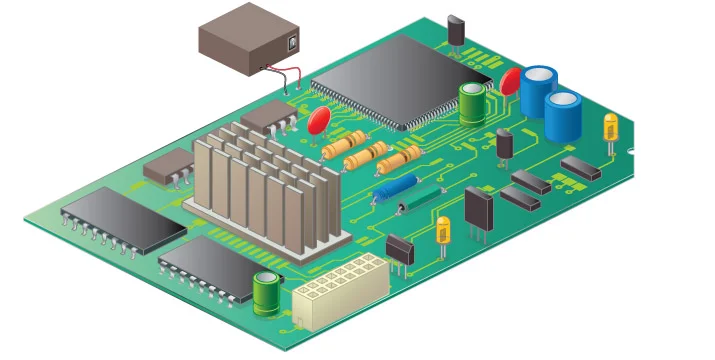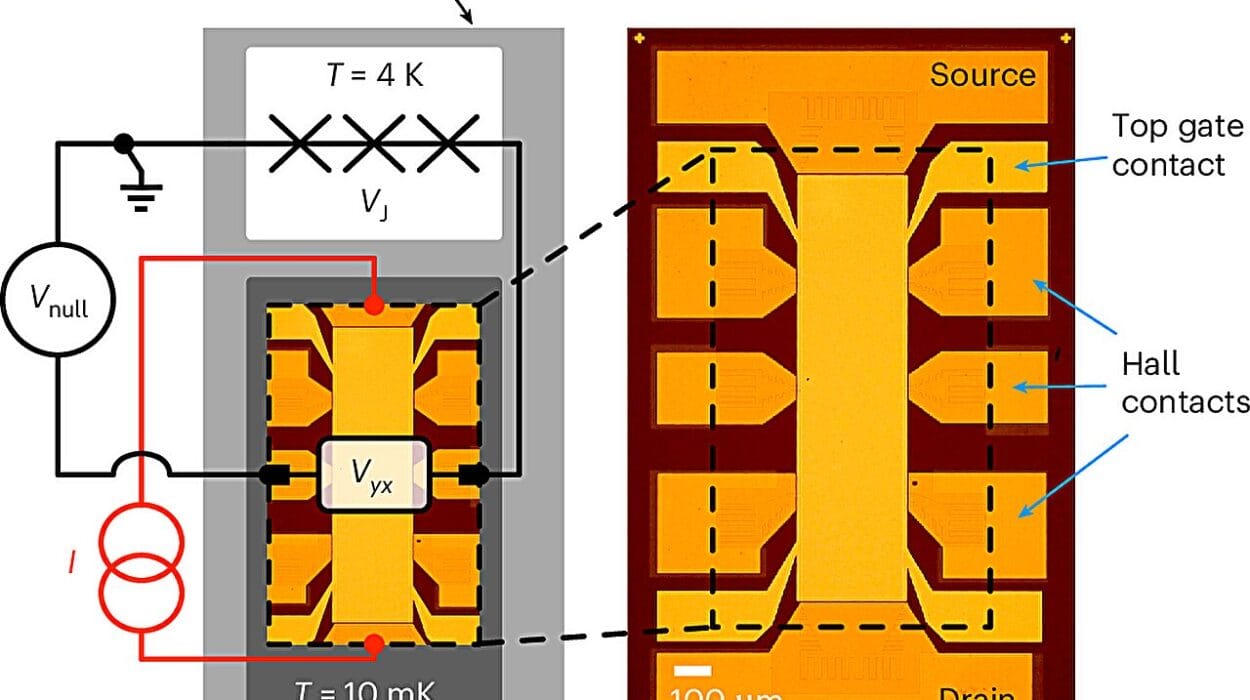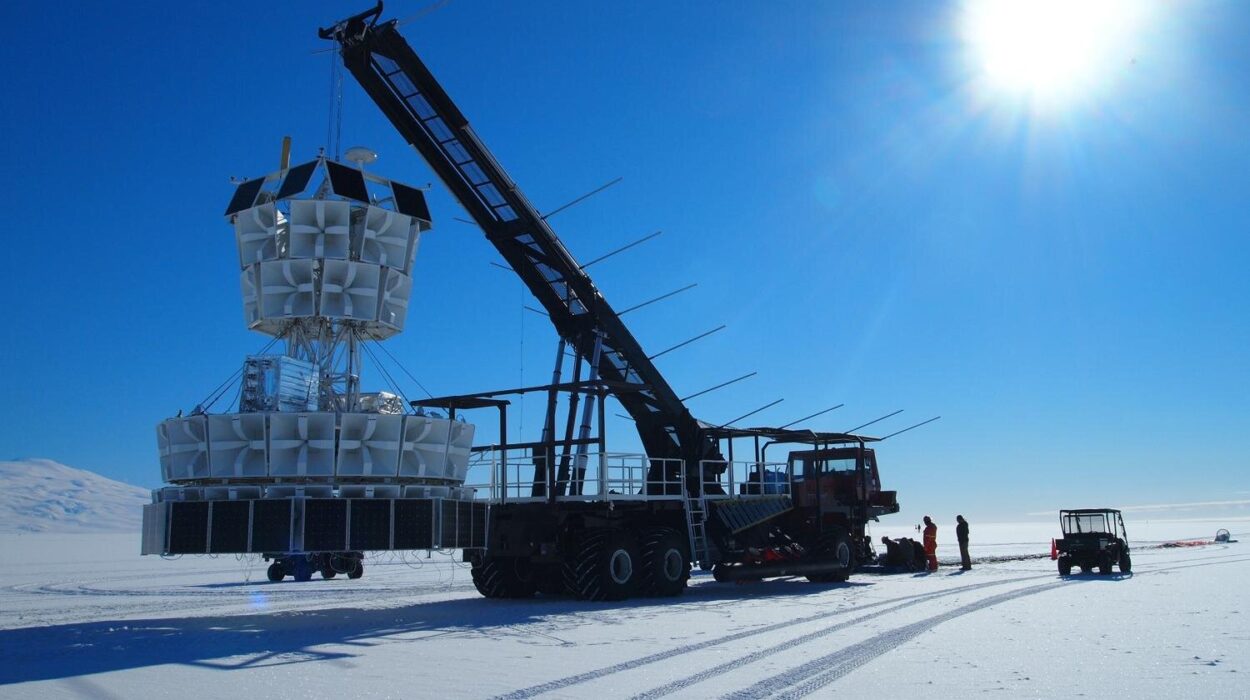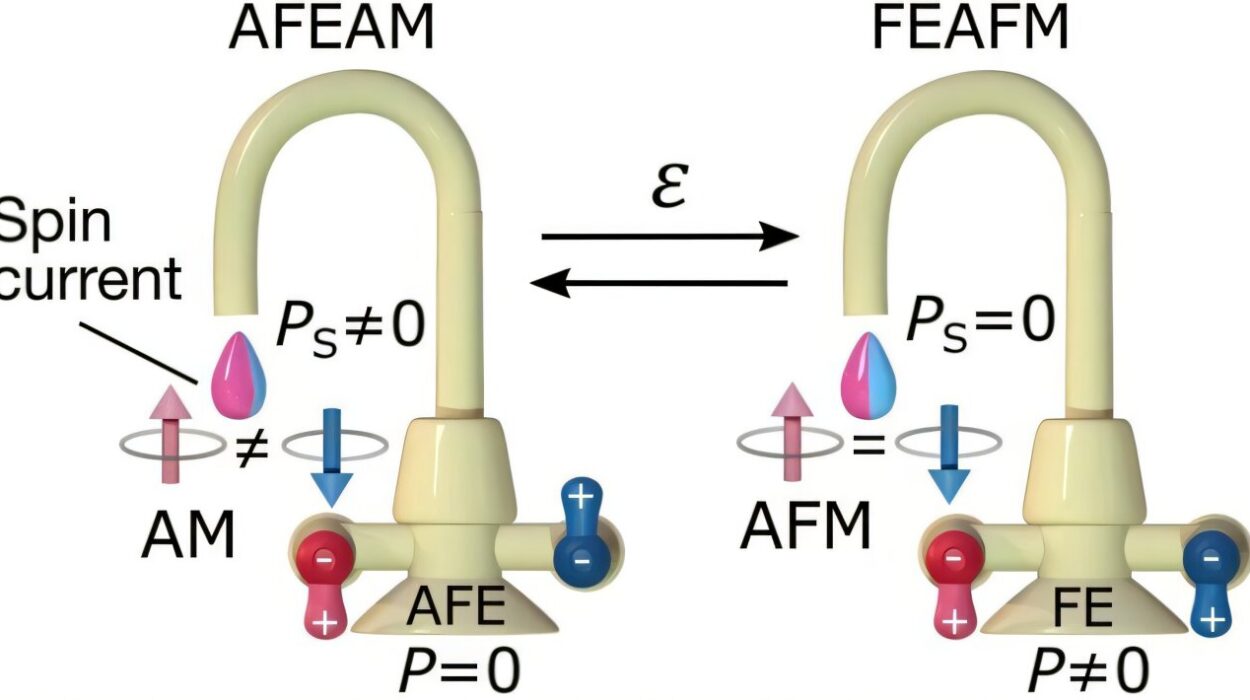In the realm of electricity, we often think about power sources, wires, and resistors as the central characters in the drama of electronic circuits. But there’s a lesser-known hero—quiet, patient, and crucial to modern technology—that often hides behind symbols on a circuit diagram: the capacitor. At the heart of what a capacitor does lies the concept of capacitance. It is a physical property that might seem abstract at first, but it governs everything from the way your phone vibrates to the way computers remember data. Capacitance is the unsung storage genius of the electrical world.
But what exactly is capacitance? How does it store energy without a chemical reaction like a battery? And why do engineers depend so heavily on capacitors in virtually every electronic device? To understand the answers, we need to journey through electric fields, the flow of charges, and the invisible dance of stored potential energy.
A Tale of Charges: The Basics of Capacitance
At its core, capacitance is the ability of a system to store electric charge. Just as a water tank stores water to be used when needed, a capacitor stores electric energy in the form of an electric field. But this storage isn’t like a battery that stores energy chemically—here, the energy is held between two surfaces without any combustion, reaction, or transformation.
Capacitance is defined mathematically as the ratio of the electric charge (Q) stored on each conductor to the potential difference (V) between them. That is:
C = Q / V
Where:
- C is the capacitance measured in farads (F)
- Q is the charge stored in coulombs (C)
- V is the voltage across the plates in volts (V)
In physical terms, one farad is enormous. It means that one coulomb of charge is stored per volt of potential difference—a feat requiring very large plates or special materials. In real-world electronics, most capacitors are measured in microfarads (μF), nanofarads (nF), or even picofarads (pF).
Anatomy of a Capacitor
To understand capacitance, we need to understand the simple yet elegant structure of a capacitor. The most basic capacitor consists of two conductive plates separated by an insulating material, called a dielectric. When a voltage is applied across the plates, one plate becomes positively charged and the other negatively charged, but the dielectric prevents the charges from passing through.
This setup leads to an accumulation of positive charge on one side and negative charge on the other. These charges don’t flow through the dielectric but instead create an electric field in the gap. This field represents stored energy—energy that can be released when the circuit requires it.
The nature and thickness of the dielectric, the surface area of the plates, and the distance between them all influence the capacitance. Increase the plate area or use a better dielectric, and the capacitance increases. Bring the plates closer together, and the same happens. The design is deceptively simple, yet it allows for highly controlled energy storage.
How a Capacitor Stores Energy
But where exactly is the energy stored in a capacitor? Not in the charges themselves but in the electric field created between the plates. This field contains potential energy, which is energy due to the position of the charges relative to each other.
The energy (E) stored in a capacitor is given by the equation:
E = ½ C V²
This formula tells us two key things: first, the energy stored increases with both capacitance and the square of the voltage. Second, even a small capacitor can store significant energy if the voltage is high enough. That’s why some capacitors in flash cameras or defibrillators need careful handling—they store bursts of high-voltage energy ready to be unleashed in an instant.
Unlike a battery, which provides continuous energy through a chemical process, a capacitor is like a sprinter: it charges quickly and discharges with explosive speed. This makes capacitors ideal for short-term power applications and rapid cycling.
Capacitors in Motion: Charging and Discharging
The true beauty of capacitance comes to life when we observe how capacitors behave in dynamic circuits. When a capacitor is connected to a power source through a resistor, it doesn’t charge instantly. Instead, the voltage across the capacitor builds gradually over time in a process governed by the RC time constant:
τ = R × C
This time constant determines how quickly the capacitor charges or discharges. After a time of one τ, the capacitor reaches about 63% of its final charge. After five time constants, it’s considered fully charged or discharged.
This delay gives rise to smooth transitions in voltage, which is why capacitors are so crucial in timing circuits, filters, and smoothing out power supplies. They act like shock absorbers in an electrical sense, catching surges and releasing stored energy in measured pulses.
Real-World Applications of Capacitance
In the tapestry of modern electronics, capacitors play roles both humble and heroic. They are used in nearly every electronic device, and their applications are as diverse as they are essential.
In power supply systems, capacitors smooth out voltage fluctuations. When the current drops momentarily, the capacitor discharges to fill in the gap, maintaining a steady output. In radio communications, capacitors help tune circuits to specific frequencies—essential for transmitting and receiving signals.
In digital electronics, capacitors store tiny amounts of charge to represent binary data—0s and 1s. DRAM (Dynamic Random Access Memory) chips, for example, rely on capacitors to temporarily hold data, which must be refreshed constantly. In this case, capacitance becomes a language—a binary heartbeat of the modern computer.
In motor systems, capacitors provide the necessary phase shift to get motors spinning from a dead stop. In audio systems, they help separate frequencies, sending bass to the woofers and treble to the tweeters, enhancing sound quality.
And in camera flashes or defibrillators, capacitors charge up over a few seconds and release all their energy in a blinding or life-saving instant.
The Dielectric Effect: The Secret Ingredient
A key factor influencing capacitance is the dielectric material between the plates. A dielectric increases a capacitor’s ability to store charge by reducing the electric field within the material. This allows more charge to accumulate at the same voltage.
Different dielectrics have different dielectric constants, which measure how effectively they enhance capacitance. Materials like ceramic, polyester, mica, and tantalum each offer unique advantages and are chosen based on the specific requirements of the circuit—be it stability, size, cost, or capacitance range.
Some dielectrics are also designed to be variable. In variable capacitors, adjusting the spacing or orientation of plates changes the capacitance, which is extremely useful in tuning radios or other frequency-sensitive devices.
Capacitance Beyond the Circuit Board
Capacitance is not limited to the tidy rectangles on a printed circuit board. It is a natural property of any two conductive objects separated by an insulator. Your body, for example, can act as a capacitor. Capacitive touchscreens exploit this by detecting changes in capacitance when a finger approaches or touches the screen. The human body holds a small electrical charge that alters the screen’s electric field, and this change is interpreted as input.
Similarly, in industrial applications, capacitive sensors detect the presence or position of materials without contact—perfect for automation systems, fluid level detectors, or proximity sensors in your car.
Even the Earth and the atmosphere act like a giant capacitor. The surface of the Earth carries a negative charge, while the upper atmosphere is positively charged. Between them lies the insulating air—a natural dielectric. Thunderstorms effectively charge and discharge this planetary capacitor in spectacular and sometimes dangerous displays of lightning.
Capacitance in Physics and Theory
Capacitance also plays a critical role in theoretical physics and electromagnetism. In a more abstract sense, capacitance is a geometric property, meaning any arrangement of conductors can be described by how much charge it stores per unit voltage. This leads to the concept of mutual capacitance and parasitic capacitance, which must be considered in high-frequency circuits where unintended capacitive effects can alter performance.
In high-speed data transmission, capacitance between traces on a circuit board can cause crosstalk, where signals from one line interfere with another. Engineers must meticulously design layouts to manage these effects, using techniques like shielding, proper grounding, and careful spacing.
Capacitance also affects signal propagation delay, particularly in microprocessors and communication systems. As frequencies rise and wavelengths shrink, even small capacitive effects can lead to timing errors or loss of signal integrity, highlighting just how crucial the management of capacitance is in modern engineering.
Supercapacitors and the Future of Energy Storage
While traditional capacitors are used for short-term energy bursts, a new class of devices called supercapacitors or ultracapacitors is bridging the gap between capacitors and batteries. These devices offer much higher capacitance values—often thousands of farads—and can store significantly more energy.
Supercapacitors charge and discharge rapidly and can endure millions of cycles without degradation. They’re being used in regenerative braking systems in electric vehicles, where they absorb and release energy with remarkable efficiency. They’re also finding roles in backup power systems, memory protection, and energy harvesting.
As materials science advances, especially in the development of graphene-based electrodes and ionic liquid electrolytes, supercapacitors may evolve into viable alternatives to chemical batteries in some applications—offering cleaner, longer-lasting, and faster-charging energy storage.
Challenges and Limitations
Despite their many benefits, capacitors also come with challenges. Their energy density is lower than that of batteries, which means they’re not suitable for long-term storage. Leakage currents, equivalent series resistance (ESR), and breakdown voltage limits also constrain their design and function.
Moreover, capacitors can be dangerous if mishandled. Large capacitors can retain a charge even after power is disconnected, leading to electric shocks. Special discharge circuits are often needed to safely dissipate stored energy after use.
Additionally, capacitors degrade over time. Electrolytic capacitors, in particular, have a finite lifespan and are sensitive to temperature and voltage fluctuations. Engineers must account for these aging effects when designing long-lasting electronic systems.
The Elegance of Capacitance
In the grand scheme of electromagnetism, capacitance is an elegant manifestation of a simple principle: the ability to store potential energy by separating charges. Yet this principle underpins an enormous spectrum of modern life. From the circuits that keep our computers humming to the invisible fields that power touchscreens and sensors, capacitance is everywhere—quietly managing energy, shaping signals, and bridging the gap between potential and reality.
It is a concept that stretches from the nano-scale of microchips to the planetary scale of thunderstorms. It is the reason a smartphone vibrates in your hand, a pacemaker keeps rhythm in your chest, and a satellite maintains stable power as it circles the Earth.
Capacitance may seem like just another technical term, but behind that word lies a profound physical truth: energy can be stored in fields, waiting patiently to be released with a spark, a surge, or a signal. In that waiting lies possibility, and in possibility lies power. This is the invisible art of storing energy in a circuit—the subtle strength of capacitance.






